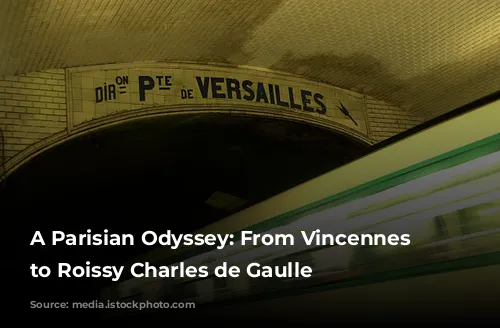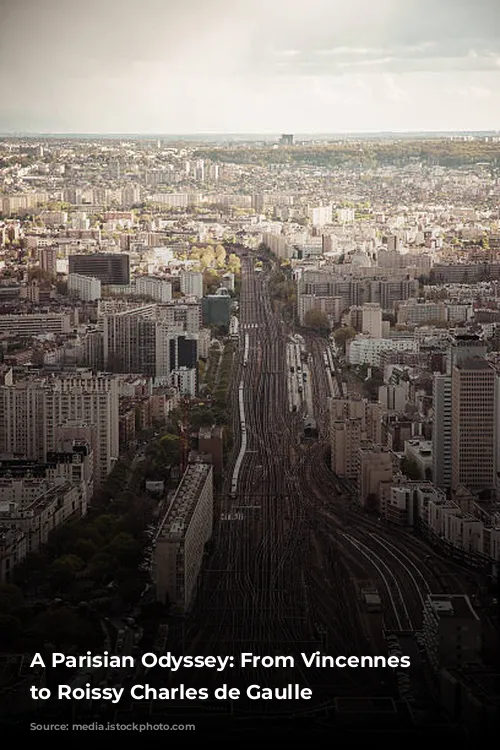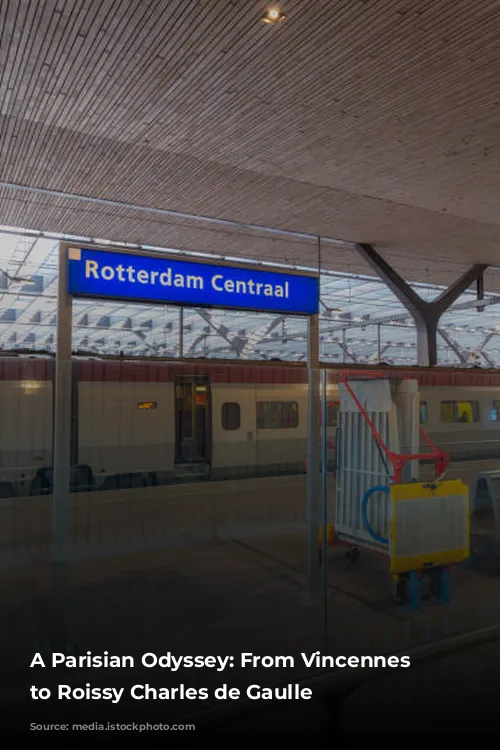Taking the RER: A Parisian Public Transportation Adventure
My 19-year-old son, Junior, had just flown back to Seattle after spending the summer in Paris. To say goodbye, we decided to meet at Roissy Charles de Gaulle airport (or “Roissy” as the French call it). I had the option of taking a luxurious Uber or taxi, but I opted for a more authentic experience: the RER, Paris’s suburban train system. Some of our tour group members used it, and I thought it would be a good opportunity for some “research” (especially since the only bus option from my area in the Vincennes woods would have taken a grueling 1.5 hours).
(This paragraph introduces the article’s main topic and the author’s reason for choosing the RER over other transportation options.)
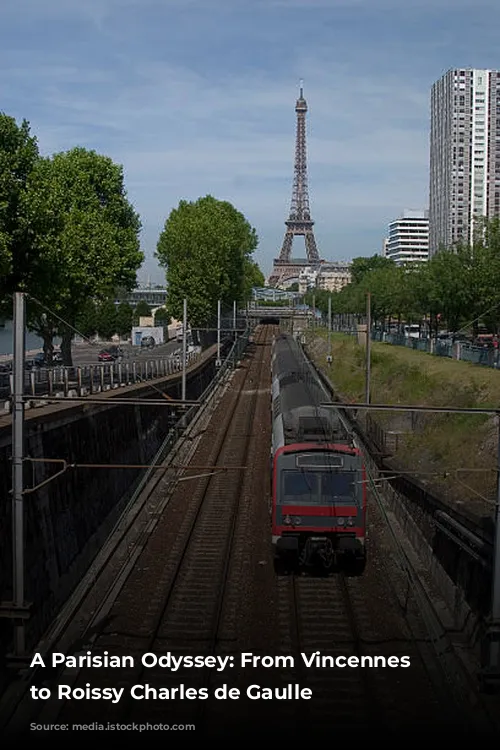
Remembering the ‘PFFFFFFFFFFFF’
When I lived in Seattle, I used to scoff at Parisians who complained about their public transportation system. I’d roll my eyes and make a dismissive “PFFFFFFFFFFFF…” gesture. They were living in Paris! Who needs a perfect public transportation system when you have croissants and the Eiffel Tower? I couldn’t fathom why they wouldn’t appreciate what they had.
(This paragraph expresses the author’s previous perspective on Parisian public transportation and contrasts it with her current experience.)

The Châtelet Challenge
My Parisian naiveté quickly faded when I reached the infamous Châtelet / Châtelet les Halles transportation hub. For those who aren’t familiar, this is a labyrinthine maze of interconnecting train lines and walkways. Even if you’re a seasoned Parisian, navigating this hub can be daunting. Unless you have a PhD in Orienteering or are a descendant of the Parisian Metro’s “father”, Fulgence Bienvenüe, you might want to steer clear. You’re better off risking Parisian air pollution (or getting hit by a scooter) than enduring the stench and sensory overload of this underground labyrinth.
(This paragraph highlights the challenges and difficulties of navigating the Châtelet transportation hub in Paris.)

Entering the Matrix: The Paris RER
Congratulations! You’ve survived the Châtelet and entered the Paris RER’s realm, a.k.a. “the Matrix.” Down below, you’ll find endless tunnels, moving walkways that seem to move at a snail’s pace, drafty corridors, and a sea of zombies (or rather, commuters) rushing to their destinations. The barrage of red turnstiles will either welcome you or send you back to the beginning of your journey. Bienvenue à Paris!
(This paragraph describes the author’s experience of the Paris RER and its chaotic environment.)
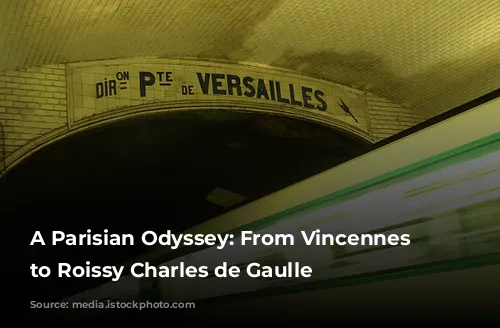
Navigating the RER: A Lesson in Focus
A word of caution: If you end up on the wrong train, it could lead to a costly and time-consuming mistake (and a visit to Mitry-Mory, accessible via the Mitry-Claye station). “What’s in Mitry-Mory?” you ask. Who knows? Your goal is the airport, so stay focused!
(This paragraph emphasizes the importance of choosing the right train to avoid unnecessary detours.)
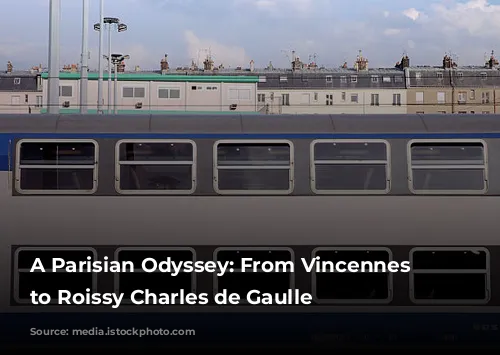
Sartre’s Hell on the RER
Philosopher Jean-Paul Sartre might have been onto something when he wrote, “Hell is other people.” This thought crossed my mind as I stood on the platform, waiting for the RER train to the airport. Even though it was a Monday morning in July (when many Parisians are on vacation), the train was packed. Commuters, tourists with enormous suitcases, all jostling for a spot. An argument erupted between two women, while a booming voice from the depths of the car bellowed, “Stay out of the way so we can get out!” This is the true Paris, folks.
(This paragraph describes the crowded and chaotic environment of the RER train, highlighting the author’s reflection on Sartre’s philosophy.)
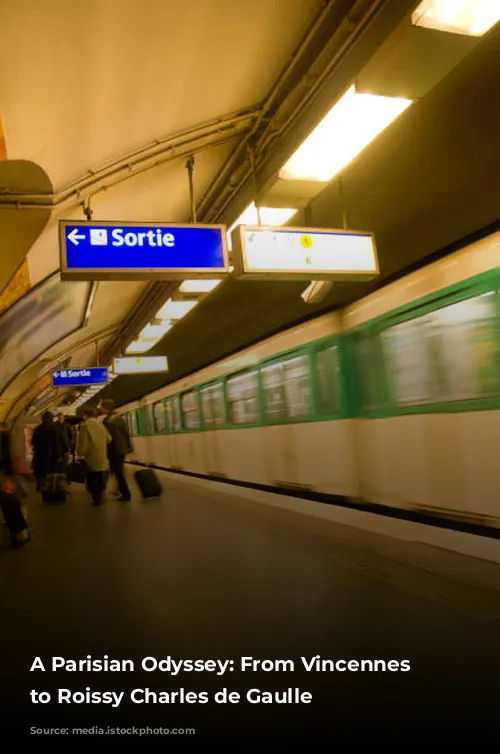
The Paris RER: A Visual Journey
Finding a seat was a challenge, but I managed. I observed the passengers and the baggage racks, which require constant vigilance (everyone knows pickpockets love the airport route). As the train sped towards the airport, I gazed out the window at the nondescript suburbs. One town, however, stood out—in a bad way.
(This paragraph details the author’s observations of the passengers and the surroundings during the train ride.)

Terminal 1 or 3? A RER Mystery
Even if you have a great sense of direction, don’t trust the signs on the RER. While it takes you to Terminal 2 eventually, it doesn’t really take you to Terminal 1. From the “Terminal 1,” you’ll have to take a free, automated shuttle (CDGVAL) to Terminal 1 or 3. Ah, la France! You are so… complicated. But hey, once you’ve navigated the crowds and another turnstile, you’re practically at your destination. And the CDGVAL shuttle is clean and fast—you’ll reach your terminal in a flash.
(This paragraph explains the confusion of the RER’s connection to the airport terminals and highlights the positive aspect of the CDGVAL shuttle.)
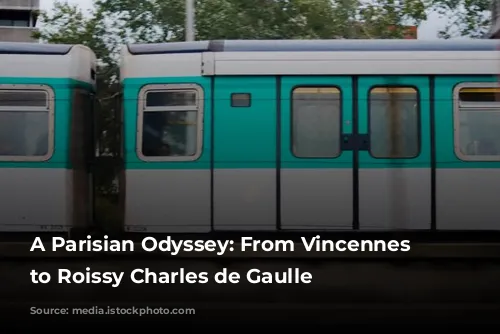
The Paris RER: A Love-Hate Relationship
Of course, on your return trip, you’ll have to go through the whole process again: the crowds, the bickering, the heat. This is what my RER car looked like after I got off at Châtelet les Halles: a chaotic mix of weary travelers, sweaty bodies, and a symphony of disgruntled groans.
(This paragraph summarizes the author’s overall experience with the Paris RER and reflects on the challenges and rewards of using this mode of transportation.)

RER: A Lesson Learned
- Travel light: Avoid large suitcases. Carry-on bags were invented for a reason.
- Splurge on a taxi: If your budget allows, consider a taxi ride. You can call G7 taxis for reliable service.
- Embrace the chaos: The RER is a true Parisian experience. It’s not glamorous, but it’s authentic.
- Expect the unexpected: Travel is full of surprises, both good and bad.
(This paragraph offers practical tips and advice for those considering using the Paris RER and emphasizes the importance of embracing the unexpected during travel.)

